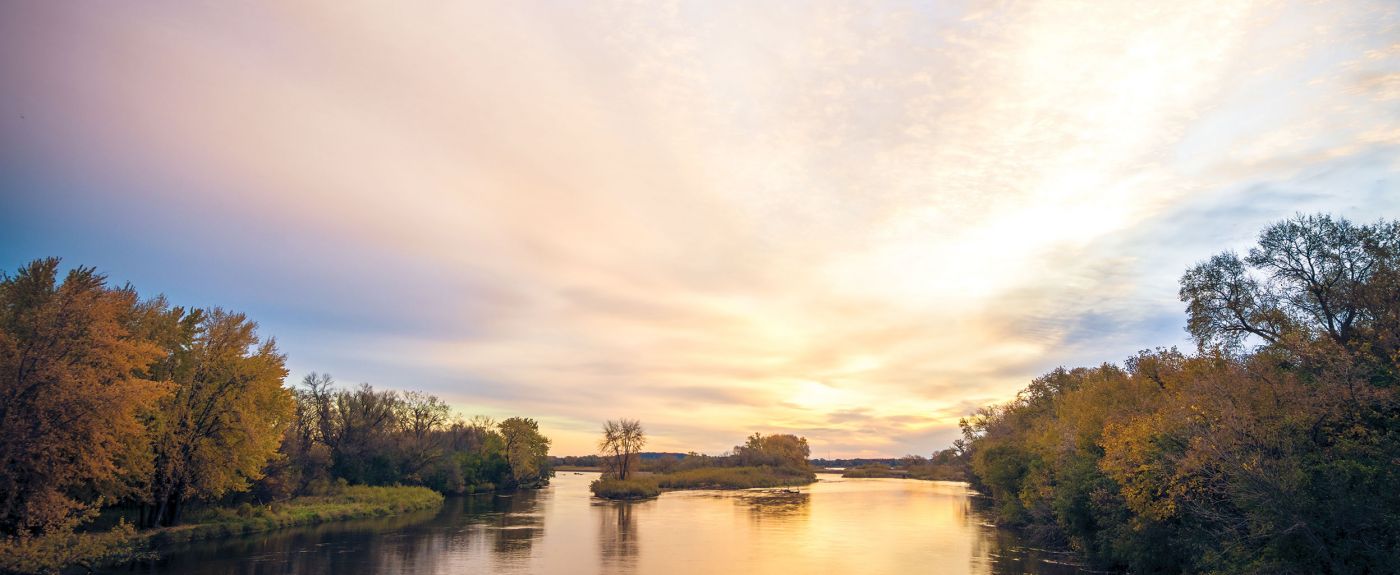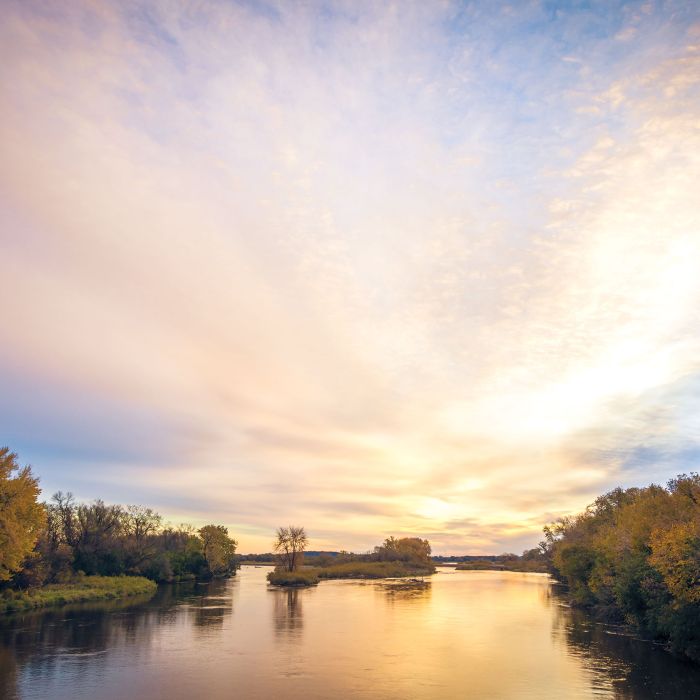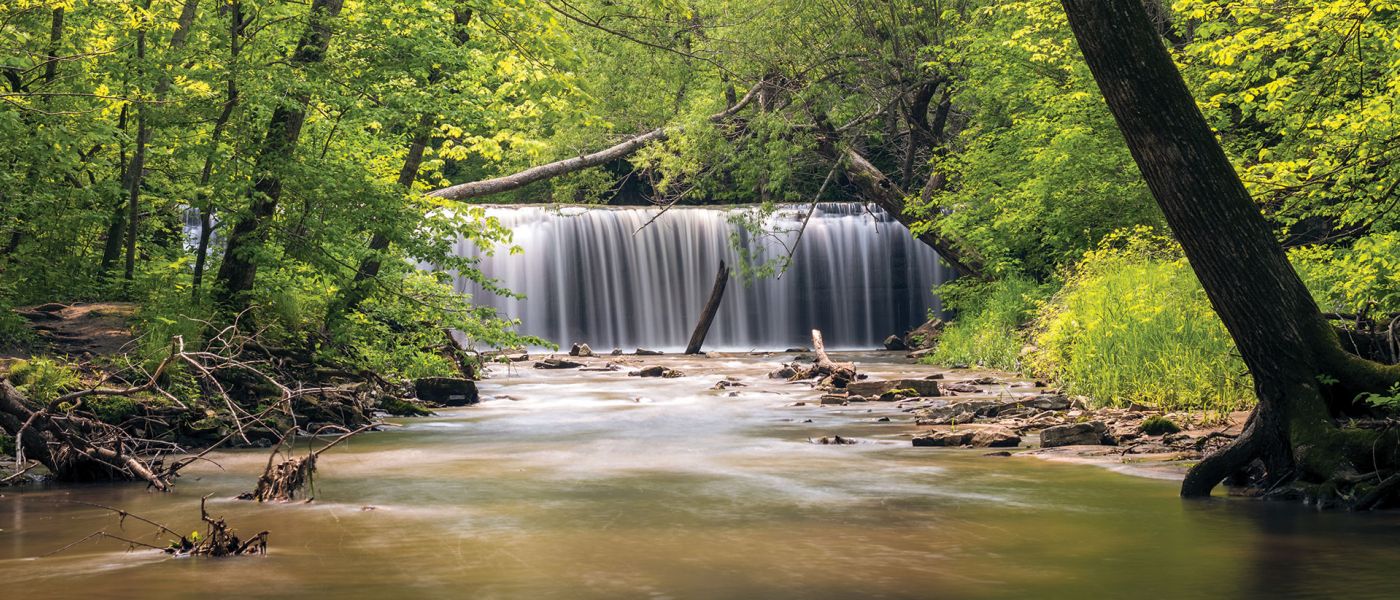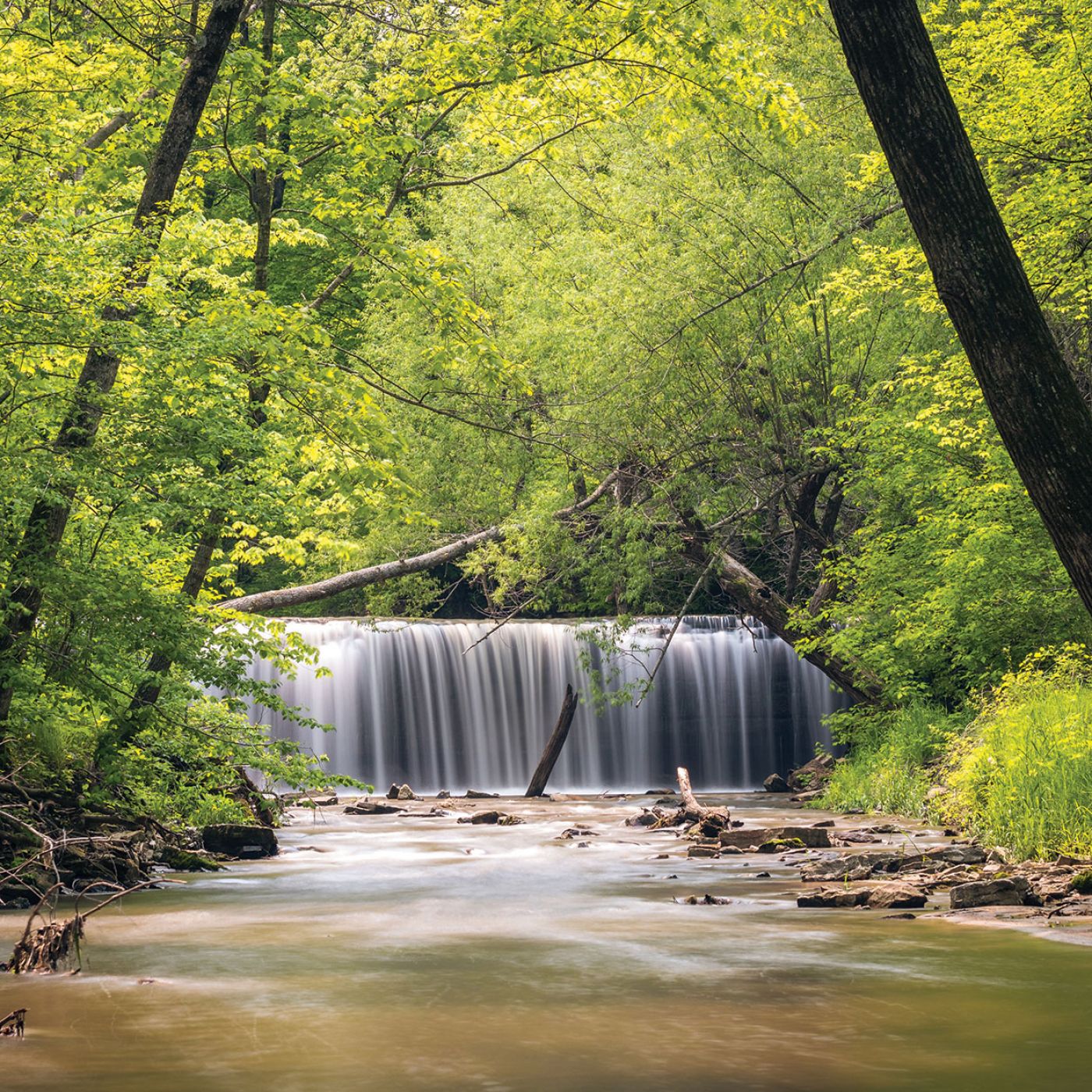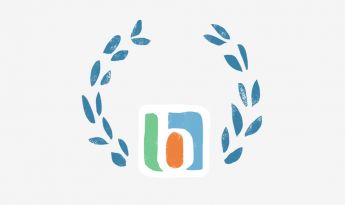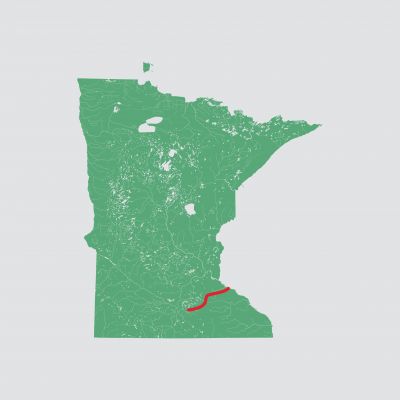
On a mission to clean up the waters of the Cannon River and other Mississippi River tributaries flowing through southeastern Minnesota communities including Faribault, Northfield and Cannon Falls.
In remote areas of Southeastern Minnesota, aging septic tanks and corroding sewage pipes were leaking human waste into the water tables along the Cannon River watershed. Most of the time, residents didn’t realize they contributed to the problem every time they flushed their toilet. Other times, they were aware, but the complicated process of assessing deficiencies and formulating a solution deterred further action.
Repair costs, sometimes in excess of $50,000 per homeowner, were prohibitive. So they did nothing — and the wastewater thickened with hundreds of gallons of sewage, damaging the ecosystem, depositing sewage in yards of those living along the river and polluting drinking water.
"We used to tell our kids, ‘Don’t go into the water, your fingernails will turn yellow.’"
Alice Flood
Alice Flood, who has lived along the Zumbro River for more than 40 years, heard stories of washing machine water and failing septic systems draining directly into the river. “We used to tell our kids, ‘Don’t go into the water, your fingernails will turn yellow,’” she says.
Then the Cannon River Watershed Partnership (CRWP) stepped up in 2002 on a mission to clean up the waters of the Cannon River and other Mississippi River tributaries flowing through southeastern Minnesota communities including Faribault, Northfield and Cannon Falls. It formed the Southeast Minnesota Wastewater Initiative (SMWI), a partnership with Southeast Minnesota Water Resources Board and the Minnesota Pollution Control Agency. Through this collaboration and grassroots organizing, the nonprofit has assisted 31 communities to upgrade their sewer systems, which now eliminate approximately 454,090 gallons of untreated sewage daily.
Flood can see the Zumbro River from her back deck. It looks cleaner after nearby Oronoco updated its septic system (with the help of SMWI) and silt was removed through dredging. “It’s not as brown,” she says. “It’s a real refreshing river flow now.”
In the past, state or local governments have fined communities with inadequate sewage or tried to impose fixes. Residents have been reluctant to work with agencies that can penalize them, or with engineering companies that offer a free assessment followed by an expensive proposal. SMWI has taken a transformative approach, sending wastewater facilitators to listen to concerns, educate residents on the implications of not addressing problems and solicit a local resident to take charge of a sewage task force.
These facilitators build trust as a neutral party with no vested interest other than helping the community find a solution. “One of the bedrock principles for us is we don’t tell communities, ‘Here’s what you need to do to fix this,’” says Aaron Wills, CRWP finance manager and wastewater facilitator. “That’s what has led to the success of many of these communities finding a fix. They have the driving power. It’s not an outsider like me telling them what to do.”
"Communities have the driving power. It’s not an outsider telling them what to do."
Aaron Wills, CRWP finance manager and wastewater facilitator
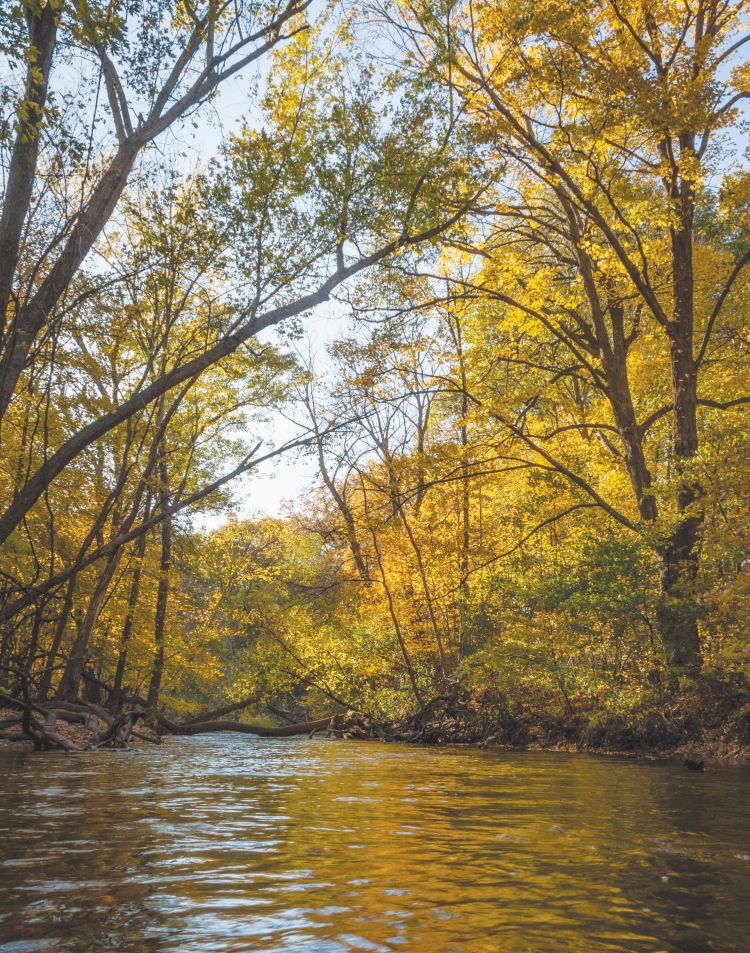
Heath Creek
SMWI facilitators like Wills help the community assess the problem and map out a solution, which can involve reviewing county permit records, scouting and mapping sites, and determining whose systems are functional and whose need replacement. They help communities apply for a state grant worth up to $60,000 to pay an engineer to do a detailed wastewater infrastructure compliance survey and feasibility study of possible solutions. They also help draft requests for proposals and vet engineering firms to do the study and the work. Then, the community decides on a solution.
The entire process, from identifying the problem to fixing it, takes three to seven years. At any one of these stages, the process can break down. That’s why even though there are 1,000 small unsewered communities in Minnesota, according to estimates by the state pollution control agency, fewer than 10 get addressed annually. “Without the facilitator piece, these projects wouldn’t move forward,” says Peter Miller, chief strategy officer at Wenck, an environmental consulting and engineering firm that has worked on SMWI projects. “If communities don’t have somebody like SMWI helping them, it won’t happen.”
The repair estimates can be overwhelming. For instance, Hope, Minnesota, had to build new infrastructure that included laying new concrete pipes with lines to each house. The new sewage treatment system cost $1.3 million. Divided among the 55 homes and businesses in the community, the bill came out to about $23,000 per property. By knowing where and how to apply for loans from the state and elsewhere, the SMWI facilitator was able to lower the cost to $4,900 per property. “Our goal is to bring the cost down to around $10,000,” Wills says. “A big part of my job is identifying and accessing available money.”
In 2014, the Bush Foundation awarded CRWP a Bush Prize for its work with SMWI. The Northfield nonprofit used the $88,200 in prize money to train staff and fund wastewater projects. “The Bush Prize gave us a vote of confidence that allowed us to say, ‘This is good. We need to keep fighting to make sure this money is still available for people,’” says Kristi Pursell, executive director of CRWP.
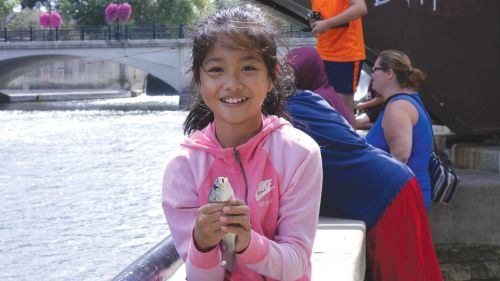
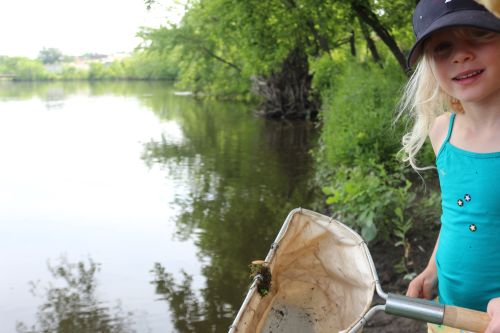
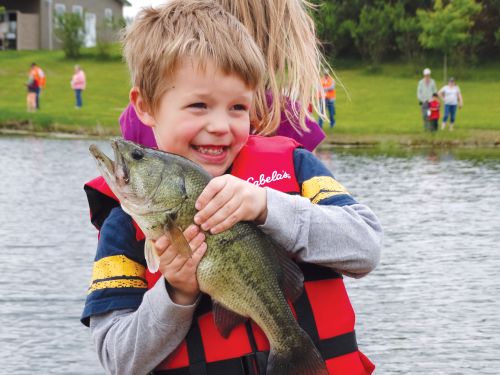
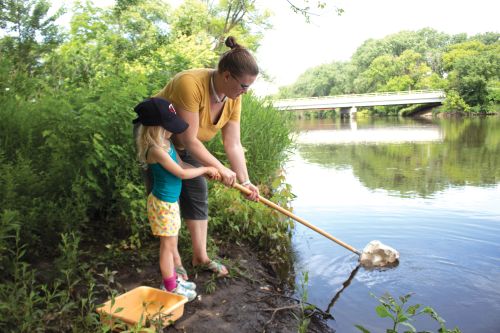
To date, SMWI has worked with 13 counties in southeastern Minnesota to replace inadequate sewage systems in their communities. The result is a cleaner river running through that corner of the state. The benefits extend to the wildlife throughout the watershed as well as the people drinking the water.
Working together toward a solution has also benefited communities by strengthening them. “We’ve seen the process build communities,” Pursell says. “We see the potential in local leadership when someone becomes passionate and takes charge. We are there for these people to lean on, but it is a community-based effort.”
